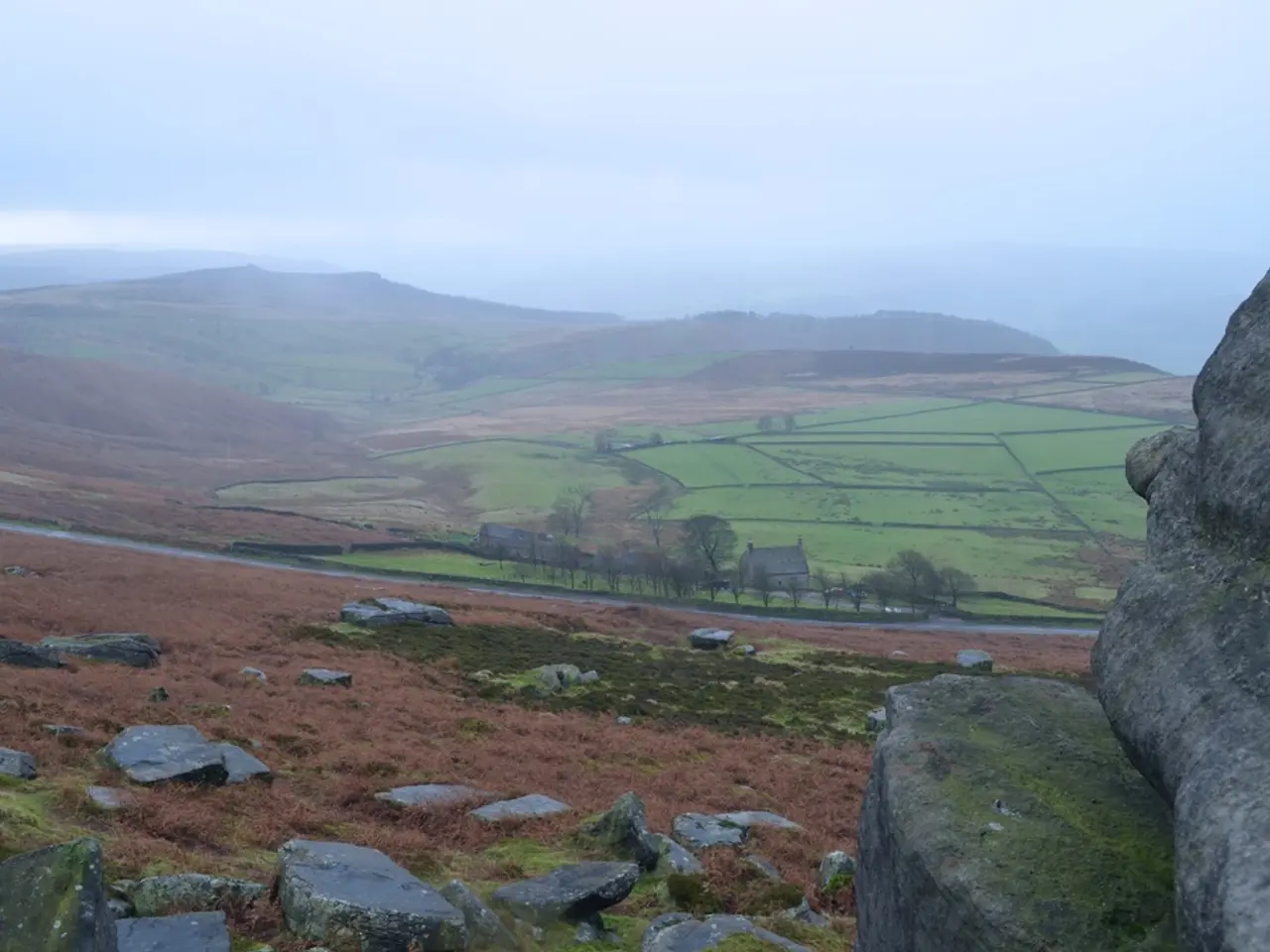Remote Ladakh Valley's Wildlife Recovery Chronicles Unveiled on World Nature Conservation Day 2025
In the heart of Ladakh, nestled amidst towering peaks and pristine landscapes, lies the picturesque Markha Valley. Once a region marred by conflict between humans and wildlife, Markha Valley has undergone a remarkable transformation, fostering a harmonious coexistence that has earned it acclaim as a popular tourist destination for wildlife sightings, particularly snow leopards.
The change in this valley's narrative was set in motion by increased awareness, legal protection, and economic incentives linked to ecotourism. In the 70s and 80s, snow leopards were often hunted by locals in retaliation for livestock predation, as livestock was a critical source of income. However, over time, the Wildlife Protection Department's efforts to raise awareness about legal penalties for killing snow leopards significantly reduced such incidents.
From the turn of the millennium, the rise of ecotourism, especially near Hemis National Park, contributed greatly to changing attitudes. Villagers began earning from tourists coming to spot snow leopards and stay in homestays, offsetting losses from livestock predation and creating a financial incentive to protect wildlife.
Wildlife conservation efforts, including rescue operations by local wildlife guards and training of eco-guides, helped ensure both animal welfare and sustainable tourism growth. These efforts not only improved snow leopard survival but also fostered local economic development by attracting tourists interested in wildlife and natural landscapes. The presence of tourism has led to broader regional development, providing alternative livelihoods to pastoral communities and promoting environmental education.
Sonam Nurboo, a resident of Markha Valley, played a pivotal role in this transformation. He became a councilor in 2015 and made wildlife conservation his priority. Sonam collaborated with the Agriculture Department to train farmers in various farming methods, advocated for responsible tourism, and promoted village homestays and wildlife-based tourism. He also worked as a tourist guide and storekeeper to gain experience in wildlife conservation and understand successful conservation methods in other places.
Access to new technologies like greenhouse farming was provided to people to grow food during the winter, and infrastructure was improved by constructing paths and roads to the villages of Sumda Chun, Rumbak, and Sumda Chenmo. Over two decades ago, the people of Markha Valley lacked access to basic necessities and relied heavily on hunting for food. Today, homestays for trekkers and travelers provide a steady source of income in the villages of the Markha region in Ladakh.
The population of blue sheep, ibex, wolf, deer, and snow leopards has grown in Markha Valley. The reduction in the number of these animals led to a decrease in the snow leopard's natural predators. The scarcity of food led to a significant decline in populations of animals such as blue sheep, deer, and ibex. However, the change in the valley's wildlife behavior allows for close encounters with wild animals from the rooftops of houses.
Village women in Markha Valley craft and sell woolen toys of animals to tourists during winter, reflecting a shift in attitudes towards wildlife. The change in conflict between humans and wildlife in Markha Valley was largely driven by legal enforcement, education, and the development of ecotourism that linked wildlife conservation directly to local economic benefits, contributing to the socio-economic development of Markha Valley and its surroundings.
During the winter months, Hemis National Park in Markha Valley is visited by tourists and wildlife conservationists. The presence of lamas (monks) and Rinpoches (head monks at monasteries) preaching against the killing of animals and promoting living in harmony with all beings has also played a significant role in this transformation. Today, Markha Valley stands as a testament to the power of cooperation and the potential for harmony between humans and wildlife.
[1] Source: Conservation India [3] Source: The Indian Express
- The transformation in Markha Valley has not only improved animal welfare but also fostered a thriving environmental-science sector, as conservation efforts attract tourists interested in wildlife and natural landscapes, contributing to the education-and-self-development of local communities.
- In Markha Valley, lifestyle changes have been influenced by the growth of environmental-science, with villagers crafting and selling woolen toys of animals to tourists, reflecting a shift towards a more harmonious coexistence with wildlife, rooted in a respect for animal life and a commitment to sustainability.




